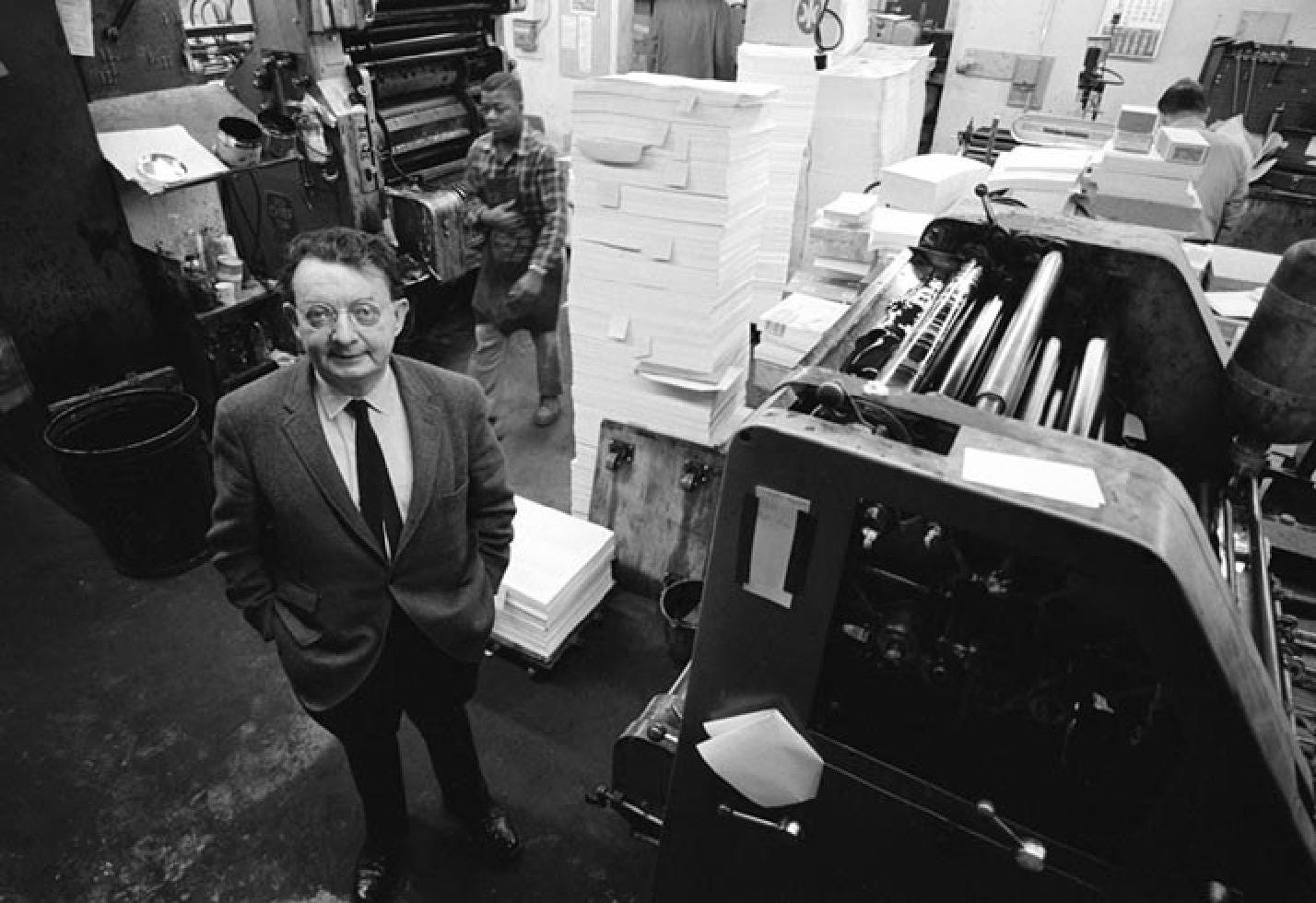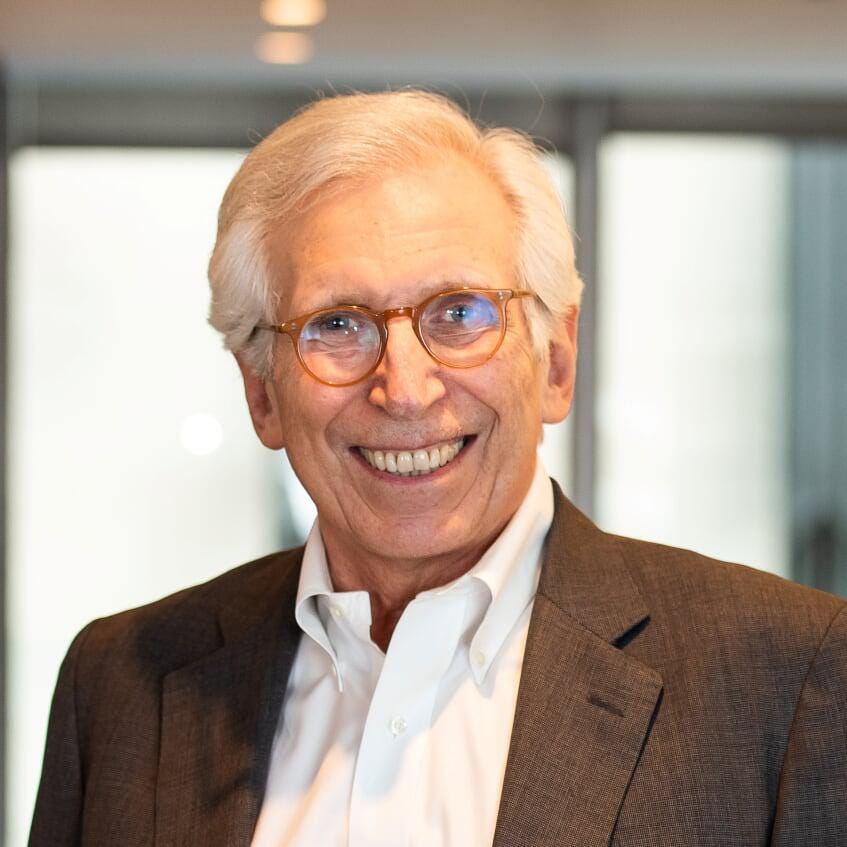In 1953, I. F. Stone, a leading Washington-based journalist, began a weekly newsletter he named after himself. In time he had about 70,000 subscribers paying $5 a year for a subscription. Albert Einstein was one of the first. Marilyn Monroe, when married to the playwright Arthur Miller, was so much a fan that she bought subscriptions for every member of Congress. When Izzy hired me as an assistant in 1965, the only other employee was his wife, Esther, in charge of circulation. Over her typewriter was a sign that declared: “Good news is on the way.”
Stone’s signature style was feisty, opinionated with a leftward stance and illuminated by his remarkable skills at uncovering facts from his prodigious reading of news and official documents. He was brilliant. After he stopped the weekly in 1972, he wrote regularly for The New York Review of Books until he died in 1989.
Newsletters Redux
Newsletters, of one kind or another, have a stellar history in the United States. Think of the impact of Thomas Paine’s Common Sense and similar “pamphlets” in the Revolutionary War period and other individually authored and sold writing meant to inform with a definite point of view.
In our era, newsletters have had an impressive resurgence, reflecting a spirit of innovation in delivery of information, with triumph for the internet and travail for printed newspapers and magazines. Substack is where you are now reading this. As is the case with podcasts, which have brought great radio storytelling into the on-demand age, newsletters are classic content creation in the latest means of distribution.
In this format writers can be proprietors of their work, as several traditional barriers no longer apply. Substack employs technology that does not require printing. Also gone are the costs of postal mailing which were relatively low – Izzy Stone believed second-class mailing privileges for periodicals were one of Thomas Jefferson’s greatest contributions to democracy – but nonetheless a significant expense.
Our Story
Peter Osnos Platform is a newsletter in the current way the term is understood. It is the latest iteration of writing that I have been doing on a regular basis since 2006, when I began Platform as a media fellow at The Century Foundation. I chose to call the pieces a column because of their length and my background in newspapers, although “blog” was then a popular term. Over the years, these appeared regularly at The Daily Beast and later at The Atlantic. In 2017, I began to post them on Medium as Peter Osnos’ Platform.
Between 2006 and 2021, a stunning development in communications and information – the rise of social media – has had a profound and still unfolding impact on, among other things, journalism. No one encountering this essay now needs an explanation of social media as a phenomenon. But with a fifty-five-year-plus career in newspaper reporting and editing, in book editing and publishing, and as an author, I realized that it was essential to understand how social media works or risk being a twenty-first-century illiterate.
I have engaged with Twitter (a bit) and Facebook (a bit), not in the realm of dog portraits or what I had for breakfast, but rather as a way to share thoughts, ideas, concerns, and insights with a group larger than a dinner party table.
This is the background of Peter Osnos’ Platform, which is, as all publications should be, a work in progress. Following the protocols of Substack, there will be a regular flow, a once-a-month essay on a topic of broader interest on politics, journalism, publishing, entertainment, technology, and social justice. (I have imported a few of the columns from Medium as examples what to expect.)
And at least once a month, I will revive another format of my experience which I think of as “A Road Map.” In the late 1970s and early 1980s, every Monday at 7:10 am I would join Bob Edwards, the host of NPR’s Morning Edition for a conversation about a subject then in the news. I was the national editor of The Washington Post and later the newspaper’s London correspondent. I would devise a Q & A in which Edwards would pose the questions (with occasional comments of his own) and I would respond with what was intended to be perspective on the issue.
Among the subjects could be, say, an immigration crisis in Europe or the U.S. southern border; a Washington political scandal of one sort or another; a major development in publishing or journalism; an entertainment or information trend; or really any topic I felt strongly enough about to explain and with enough knowledge to justify the effort.
The Pitch
Substack offers, and in fact, encourages subscriptions to newsletters. These are free. But there will also be a paid option to Peter Osnos Platform with a monthly fee of $7 and an annual subscription of $70. Adjusted for inflation, I. F. Stone’s $5 would be about $45 today, so $70 is a premium.
All that revenue, after Substack takes its share, will go to two non-governmental organizations of particular interest to my family.
Center for Civilians in Conflict (CIVIC) was founded in 2003 by a young American, Marla Ruzicka, to provide protection to civilians affected by the war in Iraq. It has become a global operation that works on behalf of civilians in harm’s way and engages with military forces with that goal. Susan Sherer Osnos, my wife, is the current chair.
The Barth Syndrome Foundation supports research and provides community for the families of boys and young men afflicted with a rare genetic disease. A cousin of mine, William Russell McCurdy, died of Barth Syndrome at the age of twenty-eight. Years before, several families affected by the disease had established BSF and raised millions of dollars towards a cure.
The goal of Peter Osnos’ Platform at what is so clearly a very advanced stage of my professional life is to continue learning, and to engage with a world that fascinates, infuriates, and challenges. Those emotions are reflected in my memoir, published in 2021, called An Especially Good View: Watching History Happen. That was the first release from Platform Books LLC, the publishing imprint Susan and I founded in 2020. Other books are in the works.
And welcome!
Peter
About Peter Osnos
Peter Osnos began his journalism career in 1965 as an assistant to I. F. .Stone on his weekly newsletter. Between 1966–1984 Osnos was a reporter and foreign correspondent for The Washington Post and served as the newspaper’s foreign and national editor. From 1984-1996 he was Vice President, Associate Publisher, and Senior Editor at Random House and Publisher of Random House’s Times Books division. In 1997, he founded PublicAffairs. He served as Publisher and CEO until 2005, and was a consulting editor until 2020 when he and his wife, Susan Sherer Osnos, launched Platform Books LLC.
Among the authors he has published and/or edited are — former President Jimmy Carter, Rosalyn Carter, Gen. Wesley Clark, Clark Clifford, former President Bill Clinton, Paul Farmer, Earvin (Magic) Johnson, Kareem Abdul Jabbar, Sam Donaldson, Kenneth Feinberg, Annette Gordon Reed, Meg Greenfield, Dorothy Height, Don Hewitt, Molly Ivins, Vernon Jordan, Ward Just, Stanley Karnow, Wendy Kopp, Charles Krauthammer, Brian Lamb, Jim Lehrer, Scott McClellan, Robert McNamara, Charles Morris, Peggy Noonan, William Novak, Roger Mudd. Former President Barack Obama, Speaker of the House Thomas P. (Tip) O’Neill, Nancy Reagan, Andy Rooney, Morley Safer, Natan Sharansky, George Soros, Susan Swain, President Donald Trump, Paul Volcker, Russian President Boris Yeltsin, and Nobel peace prize Winner Muhammad Yunus, as well as journalists from America’s leading publications and prominent scholars.
Osnos has also been a commentator and host for National Public Radio and a contributor to publications including Foreign Affairs, The Atlantic, and The New Republic. He wrote the Platform column for the Century Foundation, the Daily Beast and The Atlantic.com from 2006-2014. He has also served as Chair of the Trade Division of the Association of American Publishers and on the board of Human Rights Watch. From 2005-2009, he was executive director of The Caravan Project, funded by the MacArthur and Carnegie Foundations, which developed a plan for multi-platform publishing of books. He was the Vice-Chairman of the Columbia Journalism Review from 2007-2012. He is a member of The Council on Foreign Relations. He is a graduate of Brandeis and Columbia Universities.
He lives in New York City, with his wife Susan, a consultant to human rights and philanthropic organizations. His children are Evan L.R. Osnos and Katherine Sanford. There are five grandchildren.








